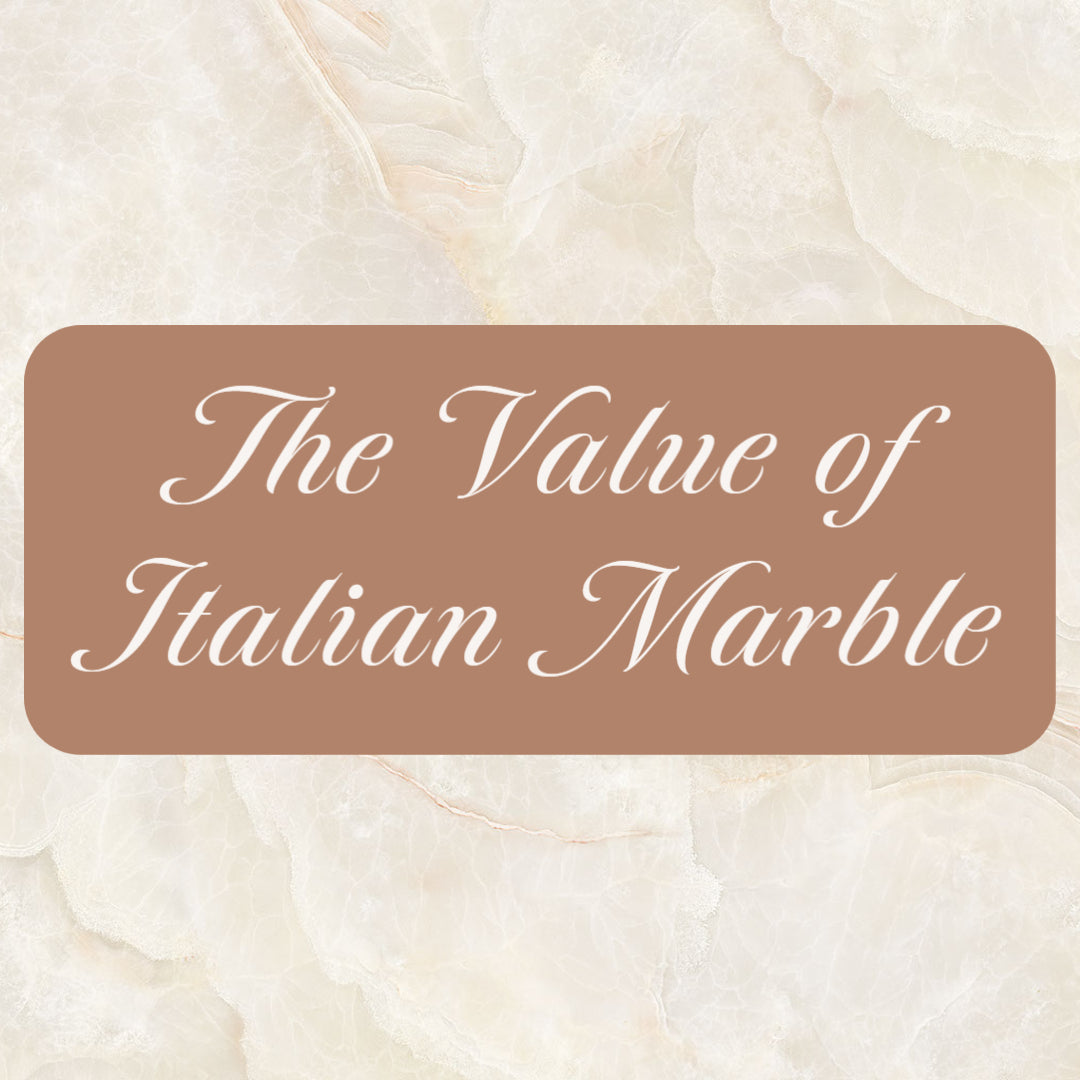
The Value of Italian Marble
Some of Italy's finest marble comes from the Apuan Alps, in the northern region. Not typically visited by tourists, it's an area steeped in culture, tradition, and thousands of years of marble quarrying. White Italian marble is among the ranks of precious metals and gemstones as being timelessly valuable and fashionable. Because of this, archaeologists have recently discovered how helpful it is in determining economic histories of settlements all over the world.
Following the marble cut from the mountains of Italy will bring you to the wealthiest regions in the world, both today and in centuries past. First used ostentatiously throughout the Roman Empire, Roman architecture - both public and private - exploded with opulence. Wealthy visitors to the Empire took notice and exportation of marble began in the 1st Century B.C., initially just throughout the Mediterranean basin in southern Europe and northern Africa.
The value of marble to archaeologists has only been a relatively recent discovery. Due to its durability, enduring historical importance, and distinguishing characteristics, marble is a fine determinant of how elites have spent their money throughout history and on what. Archaeologists are now able to see where the elite lived and how they spent their wealth, as well as to what or whom the wealthy were making contributions. Marble has often been found in ancient public structures, used much more lavishly than the use of the structure calls for. Due to the variation in veining, it's also possible to determine what region or quarry it came from and possible trade routes.
Today, marble is used both for small items like bookends and utensil handles to entire buildings like temples and hotels. Historically, marble was used in grand scales to display wealth in the form of statues and structures. Because of this, it is one of the best economic indicators we have. Michelangelo used Carrara marble almost exclusively, including for the statue of David. He once mused that he wished he would live four times longer in order to sculpt around an entire mountain.
To view this blog with additional photos, decor and furniture we have available click here!
Interested in reading our previous blogs? Click here!




Leave a comment
This site is protected by hCaptcha and the hCaptcha Privacy Policy and Terms of Service apply.